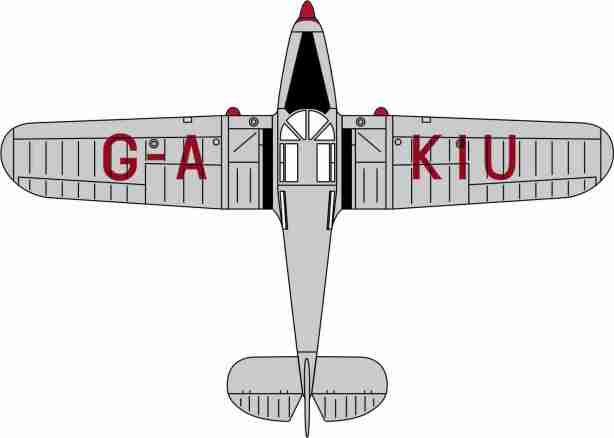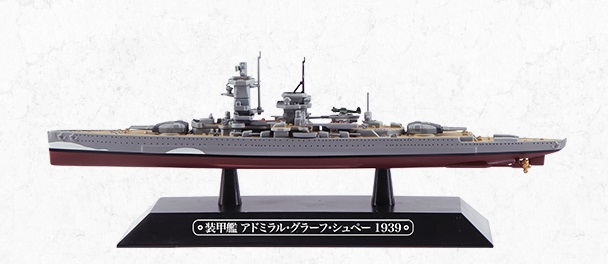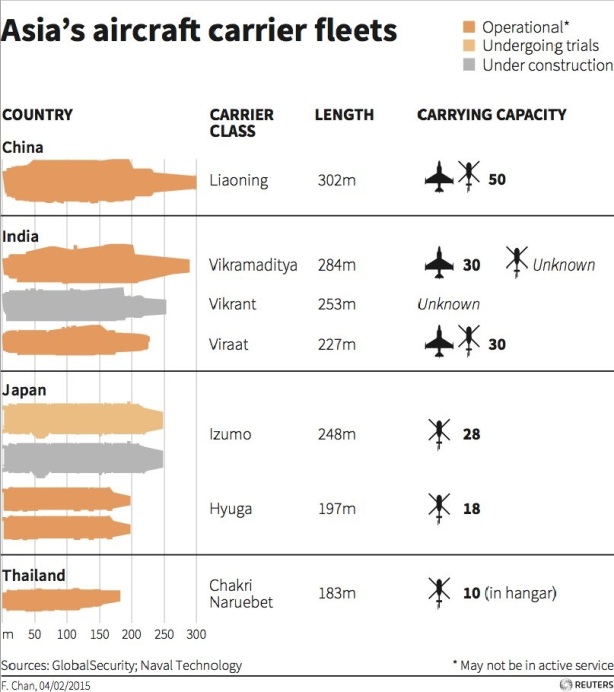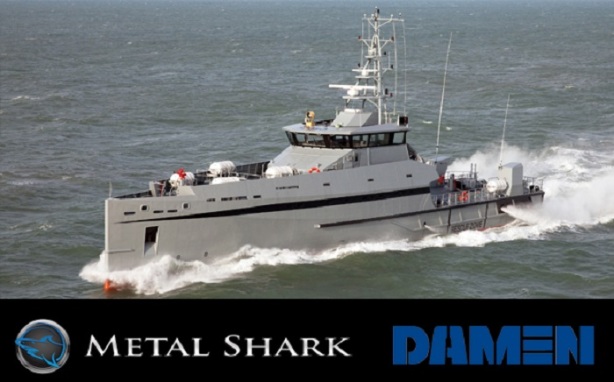As college students by the thousands are graduating from university, it makes sense that Oxford would cash in on the educational theme, if you can call it that. As part of their ever-expanding History of Flight Collection, this British-based model maker intends to bring out a Percival Proctor radio trainer and communication aircraft for the new semester. Not an aircraft that instantly springs to mind amongst the aviation community, the Proctor is, nonetheless, an important aircraft within RAF circles, since it was developed from the Percival Vega Gull in response to Air Ministry Specification 20/38 for a radio trainer and communications aircraft. To meet the requirement, the aircraft based on the Vega Gull had larger rear cabin windows and the fuselage was six inches longer. Modifications were made to the seats to enable the crew to wear parachutes, and other changes to enable a military radio and other equipment to be fitted. In early 1939 an order was placed for 247 aircraft to meet operational requirement OR.65.
Other new air and ground units were also announced by Oxford, so it may take another day or so before they are all up on our site.




